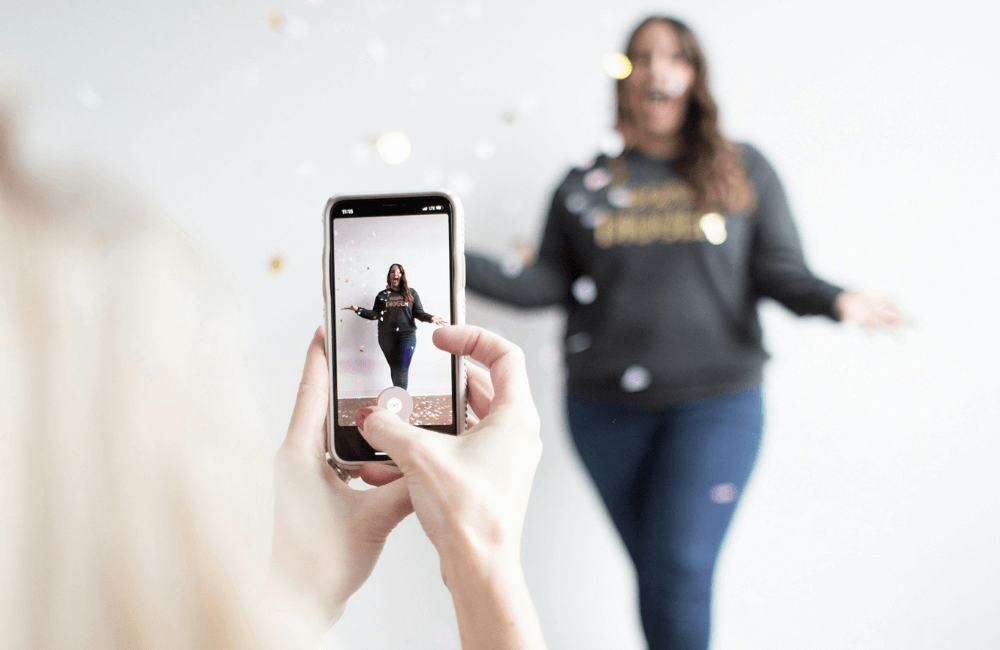Your cart is currently empty!
A few months ago, I created an Instagram Reel that (I thought) looked great when I was making it. I uploaded, hit post, and tapped on it to fill the screen — only to find a sliver of the text got cut off at the edge.
It’s a tiny detail that can have a big impact, especially for brands and creators with a high bar for quality.
There’s a small kind of joy in seeing your post appear exactly the way you imagined it, and that comes from getting your Instagram image sizes exactly right. If you're pouring your energy into creating standout visuals for Instagram, you'll want them to look their absolute best when they go live. No strange cropping, no weird blur — just a clean, sharp visual that fits perfectly into its space.
Instagram gives you plenty of ways to show up — feed images, carousels, reels, and stories — each with its own ideal dimensions. When your visuals match Instagram’s recommendations, you give your posts the best chance of standing out and getting that all-important social media engagement.
Whatever type of photo or video you’re sharing, here’s how to make sure your Instagram posts always look ready for their close-up.
How Instagram image sizes work
If you look up “best Instagram post sizes,” you’ll usually come across two terms: aspect ratios and pixels. They sound technical, but they’re easy to grasp.
Aspect ratio refers to the shape of your image or video — whether it’s vertical, horizontal, or square. It refers to the ratio between its width and height, and it’s written as width:height.
- A square visual has a 1:1 aspect ratio because the width and height are the same.
- A 16:9 aspect ratio is wider than it is tall, so it’s a horizontal post (also known as landscape orientation).
- A 4:5 aspect ratio is taller than it is wide, so it’s a vertical post (also known as portrait orientation).
Pixels (often written as px) refer to the image’s resolution or quality. The technical definition is that pixels are the tiny dots that make up a digital image. The more pixels an image has, the sharper and clearer it will look.
To keep your Instagram posts looking crisp, you'll want to use the platform’s recommended pixel dimensions as a baseline.
Instagram supports a few different file formats, depending on what you’re posting:
- For photos: PNG, JPG, BMP, and non-animated GIF files
- For videos: MOV and MP4 files
Because Instagram has multiple post options, there's no one-size-fits-all image size you need to post. Instead, each format has its own ideal dimensions. Here's a breakdown of what to use for each.

Leave a Reply